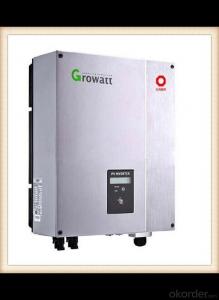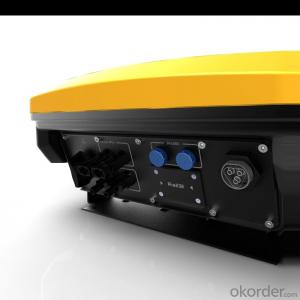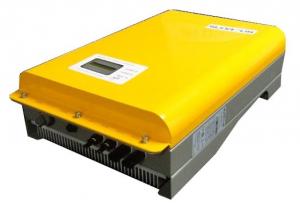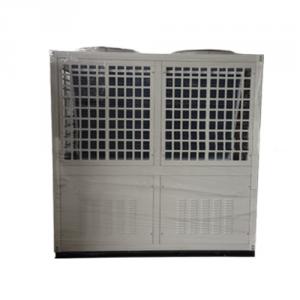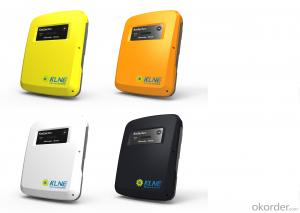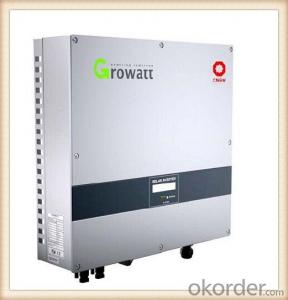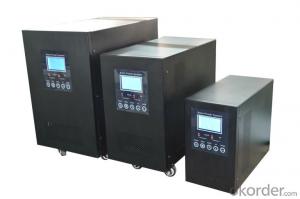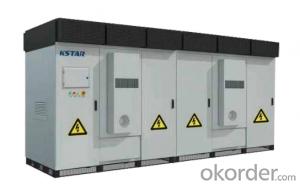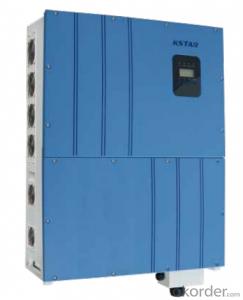Inverter Canadian Solar
Inverter Canadian Solar Related Searches
Solar Inverter Canada Inverter Solar Solar Inverter Inverter Solar Solar Inverter Inverter Solar Inverter Central Inverter Solar Solar Converter Inverter Inverter Solar Controller Solar Controller Inverter Inverter Power Solar Inverter Controller Solar Inverter Charger Solar Inverter Solar Systems Inverter Solar Cell Inverter Hybrid Solar Inverter Solar System Power Inverter Solar Solar Charger Inverter Solar Inverter Taiwan Home Solar Inverter Inverter Solar Panels Home Solar System Inverter Inverter Battery Solar Taiwan Solar Inverter Inverter Solar Panel Micro Inverter Solar Inverter Solar Generator Japanese Solar Inverter Solar Panels Inverter Inverex Solar InverterInverter Canadian Solar Supplier & Manufacturer from China
Canadian Solar, a leading solar technology company, offers a range of high-quality inverters designed to optimize the performance of solar energy systems. These inverters are engineered to convert the direct current (DC) generated by solar panels into alternating current (AC), which can be used by homes and businesses. They are known for their efficiency, reliability, and compatibility with various solar panel configurations, making them a popular choice for both residential and commercial applications.The Inverter Canadian Solar is widely used in various scenarios, from small-scale residential installations to large-scale commercial and utility-scale solar projects. These inverters are particularly beneficial in areas with limited space or where high efficiency is required, as they can handle a wide range of input voltages and provide maximum power point tracking (MPPT) to ensure optimal energy yield from the solar panels. They are also designed to withstand harsh environmental conditions, making them suitable for use in diverse climates and locations.
Okorder.com is a reputable wholesale supplier that carries a vast inventory of Inverter Canadian Solar products. They offer competitive prices and reliable service, ensuring that customers can access these high-quality inverters at a reasonable cost. With a commitment to customer satisfaction, Okorder.com provides a convenient platform for businesses and individuals to purchase Inverter Canadian Solar products, facilitating the expansion of solar energy usage and contributing to a greener, more sustainable future.
Hot Products

